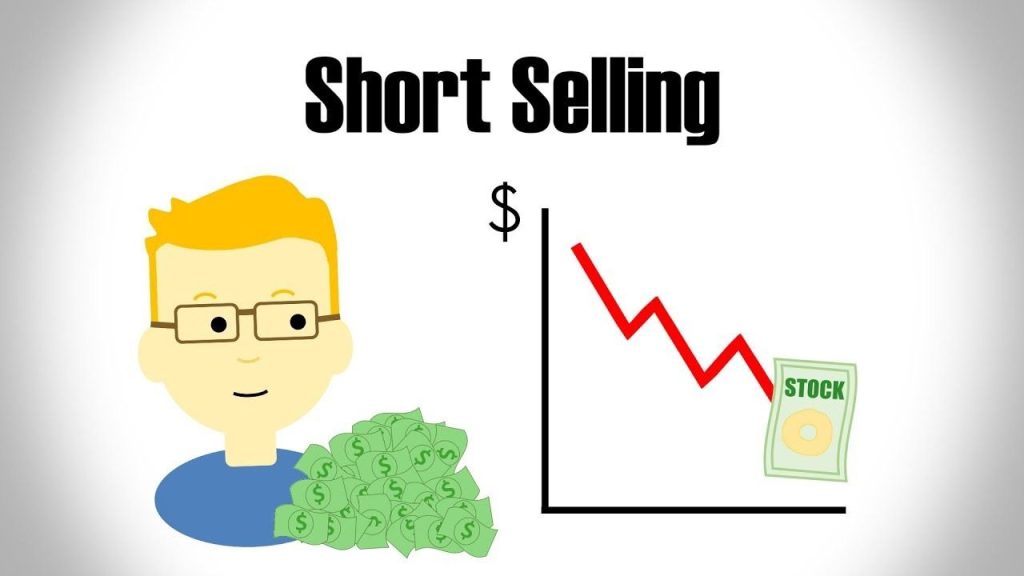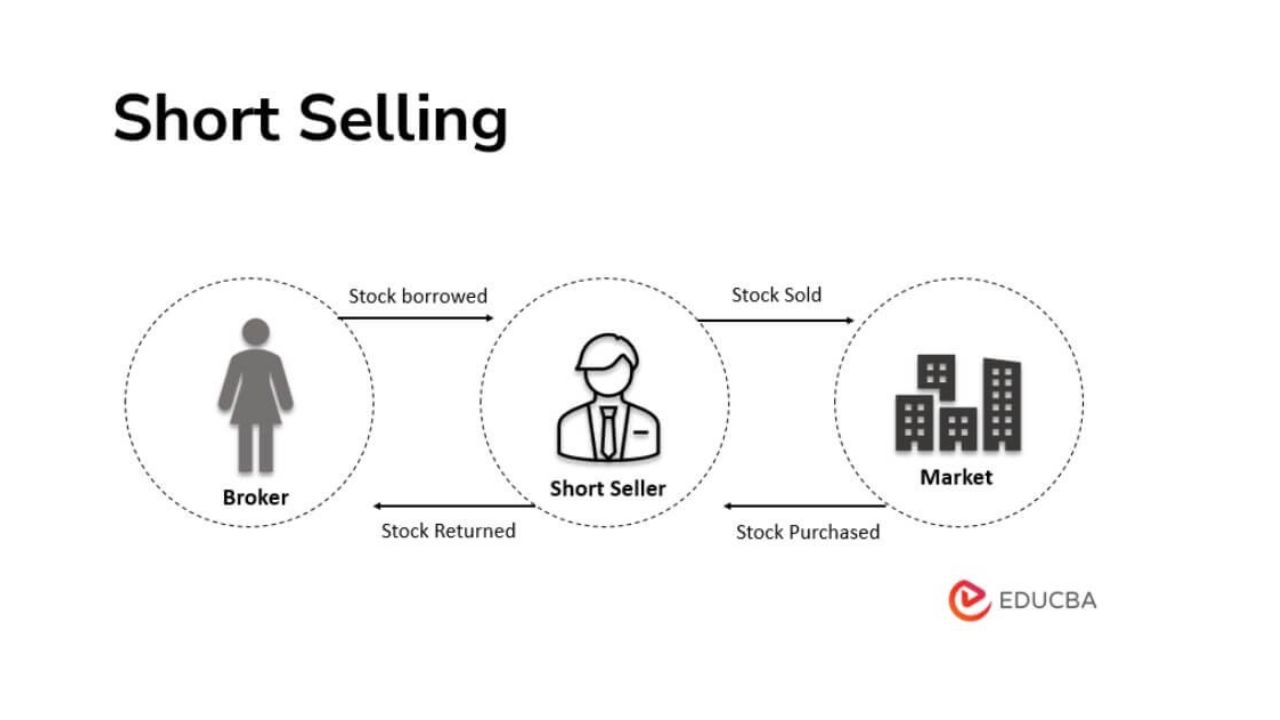Short Selling: The practice of selling a security that the seller does not own is called short selling. Short selling is a trading strategy in which sellers take the risk that the price of the security involved will go down and they will be able to make a profit by buying it at such a low price. Thus, a short sale is profitable only when the closing price is lower than the entry price. When the price goes higher than the price at which one has short-sold, a loss will occur. Also, check The History of Mutual Funds.
Quick Links
Short Selling in India:
In India, retail investors as well as institutional investors like mutual funds are allowed to engage in short selling. In the early years of 2001, SEBI had banned short selling. Later, retail investors were allowed to short sell which was extended to institutional investors as well by 2008.

Types of short selling:
1. Covered short sale:
Covered short sales are those in which the seller arranges for the delivery of shares he has sold by borrowing them. Borrowing the security from the original owner is the prerequisite before placing the short sale order.
2. Naked/Uncovered short sale:
Naked short sales are those in which the seller does not intend to provide for the delivery of shares he has sold. This has been banned by all the international securities market regulators declaring it to be illegal.
3. Parties involved in short selling:
Short selling involves three parties –
- Original owner
- The short seller
- And the new buyer
The person who wants to short sell (short seller) will borrow shares from the original owner and immediately sell them in the open market to any willing buyer. To close the short position, the short seller will then go to the stock market and buy the same number of shares as he sold so that the broker can return them to the original owner.
To short sell any security one needs to have a margin account with the stock broker. And margin account allows you to borrow the value of your portfolio from your brokerage company by using the margin money lying in your account as collateral. Must read Best Mutual Funds to invest in 2024.
Why is it so popular?
Short selling is considered an essential feature of the securities market not only as a Portfolio protection strategy but also as a tool to correct overvalued stocks. It is also one of the best ways to avoid price manipulation by artificial hype. Carefully executed short selling protects the portfolio from erosion due to broad market decline.
Short sellers make profits when stock prices fall. One can diversify his portfolio by adding some short positions. The portfolio will then have positions that will make money in both cases, i.e. when prices rise and when they fall. This reduces the volatility in portfolio returns and helps protect the value of the portfolio when prices fall. Also, check Five types of mutual funds.
Downside
Short selling requires a lot of market research and in-depth study of securities. At times, this can lead to huge losses, as in the case of an investor in the US when he took a short position of $37,00 in a Pharma company whose shares had risen by almost 800% after the CEO acquired a majority stake in the company.

